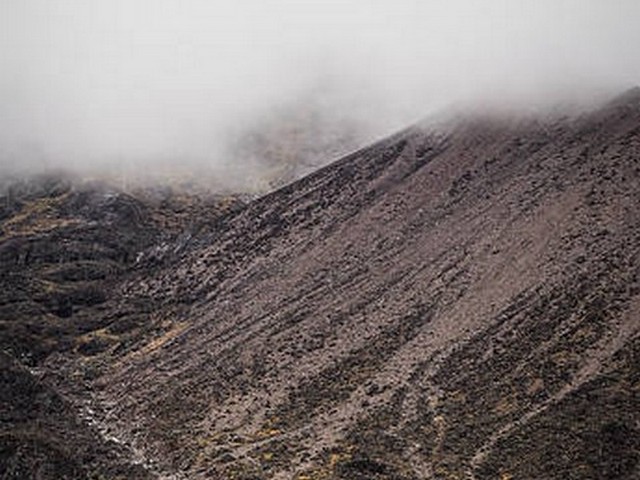Safety Tips for Kilimanjaro Trekking: Your Essential Guide
Introduction: Why Safety on Kilimanjaro Matters
Towering above the African plains, Mount Kilimanjaro is not only the highest peak on the continent but also a beacon for adventure enthusiasts worldwide. At Kilimanjaro Centre for Trekking and Ecotourism (KCTE), we understand that the journey to Uhuru Peak is filled with awe-inspiring moments and unique challenges. Ensuring your safety while you embrace the rugged beauty of this majestic mountain is our top priority. In this guide, we delve into essential safety tips for Kilimanjaro trekking that promise to enhance your climbing experience, making it as thrilling as it is secure.
Equip Yourself with the Right Gear
Quality Footwear
The foundation of a successful Kilimanjaro trek lies literally at your feet. Invest in high-quality, waterproof, and broken-in hiking boots to prevent blisters and provide ample ankle support.
Layered Clothing
Mountain weather is notoriously fickle. Dressing in layers allows you to easily adjust to temperature changes while climbing from tropical climates to arctic conditions.
Pack Smart
A reliable backpack fitted with essentials such as a water bottle, snacks, sun protection, and a first aid kit is indispensable. Remember, every item in your pack should earn its place.
Understand and Acclimate to Altitude
Know the Signs of Altitude Sickness
Altitude sickness is a real concern on Kilimanjaro. Recognize symptoms like headaches, nausea, and dizziness early. Our guides at KCTE are trained to spot these signs and manage them promptly.
Climb Slowly: Pole, Pole
Embracing the Swahili concept of ‘pole, pole’ (slowly, slowly) is key. Gradual ascent increases your acclimatization time and reduces the risk of altitude sickness.
Hydrate and Nourish Your Body
Water is Your Best Friend
Dehydration is a trekker’s silent enemy. Drink at least 3-4 liters of water daily to stay hydrated and keep altitude sickness at bay.
Eat Well
Your body needs fuel for the climb. High-energy foods and complex carbohydrates will sustain your energy levels throughout the trek.
Trust Professional Guidance
Select a Reputable Tour Operator
Kilimanjaro Centre for Trekking and Ecotourism (KCTE) not only provides experienced guides but also ensures adherence to safety protocols, enhancing your overall trekking experience.
Stay with Your Guide
Our KCTE guides are equipped with in-depth local knowledge and training. Staying close to them and heeding their advice can be the difference between a successful expedition and a risky ordeal.
Prepare Mentally and Physically
Train Adequately
Prepare your body for the strenuous climb by engaging in cardiovascular exercises, strength training, and hiking. Arriving physically prepared minimizes risks and increases your enjoyment.
Mental Resilience
Climbing Kilimanjaro is as much a mental challenge as a physical one. Be prepared for tough days, and keep a positive, resilient mindset.
Respect the Mountain
Leave No Trace
Preserve the pristine beauty of Kilimanjaro by carrying out all your trash and minimizing your environmental footprint.
Understand Local Customs and Culture
Respecting local customs and engaging with the community respectfully enriches your climbing experience and maintains the ethos of ecotourism.
Summary: Safe Trekking with KCTE
Embarking on a trek to Mount Kilimanjaro is an adventure of a lifetime. By following these safety tips, you ensure that your journey to the roof of Africa is not only memorable but also secure. At Kilimanjaro Centre for Trekking and Ecotourism (KCTE), we are committed to providing a safe, enjoyable, and environmentally responsible climbing experience. Ready to conquer Kilimanjaro with the utmost confidence in your safety? Book your climb with us today and step into the adventure that awaits!
Frequently Asked Questions
What is the best time of year to climb Kilimanjaro?
The best times to climb Kilimanjaro are during the dry seasons, from June to October and from December to early March.
How long does it take to climb Kilimanjaro?
Most routes take about 5 to 9 days, depending on the path chosen and pace. We recommend routes that allow ample time for acclimatization.
Do I need special insurance for trekking Kilimanjaro?
Yes, we recommend that all trekkers have travel insurance that covers high altitude trekking up to 6,000 meters.
Can beginners climb Kilimanjaro?
Yes, Kilimanjaro is a non-technical climb and is achievable by beginners who are physically fit and well-prepared. However, the right preparation and guides are crucial for a successful trek.
How do I avoid altitude sickness?
To minimize the risk, ascend slowly, hydrate adequately, eat properly, and listen to your body. Choosing a longer route can also help with better acclimatization.
Climbing Kilimanjaro is an exhilarating challenge that draws thousands each year. With the right preparation and adherence to these safety tips, you’re set for a safe and rewarding adventure. Remember, Kilimanjaro isn’t just a mountain; it’s an experience and a journey. Let Kilimanjaro Centre for Trekking and Ecotourism guide you safely to the peak.




